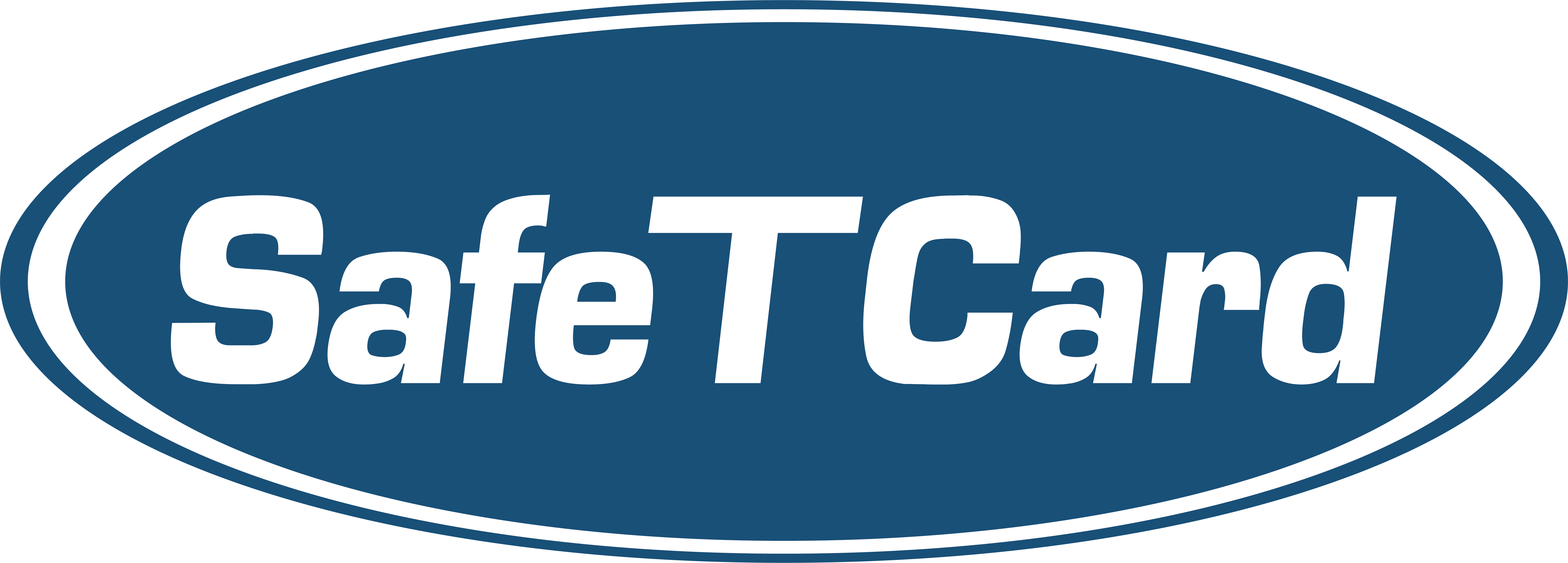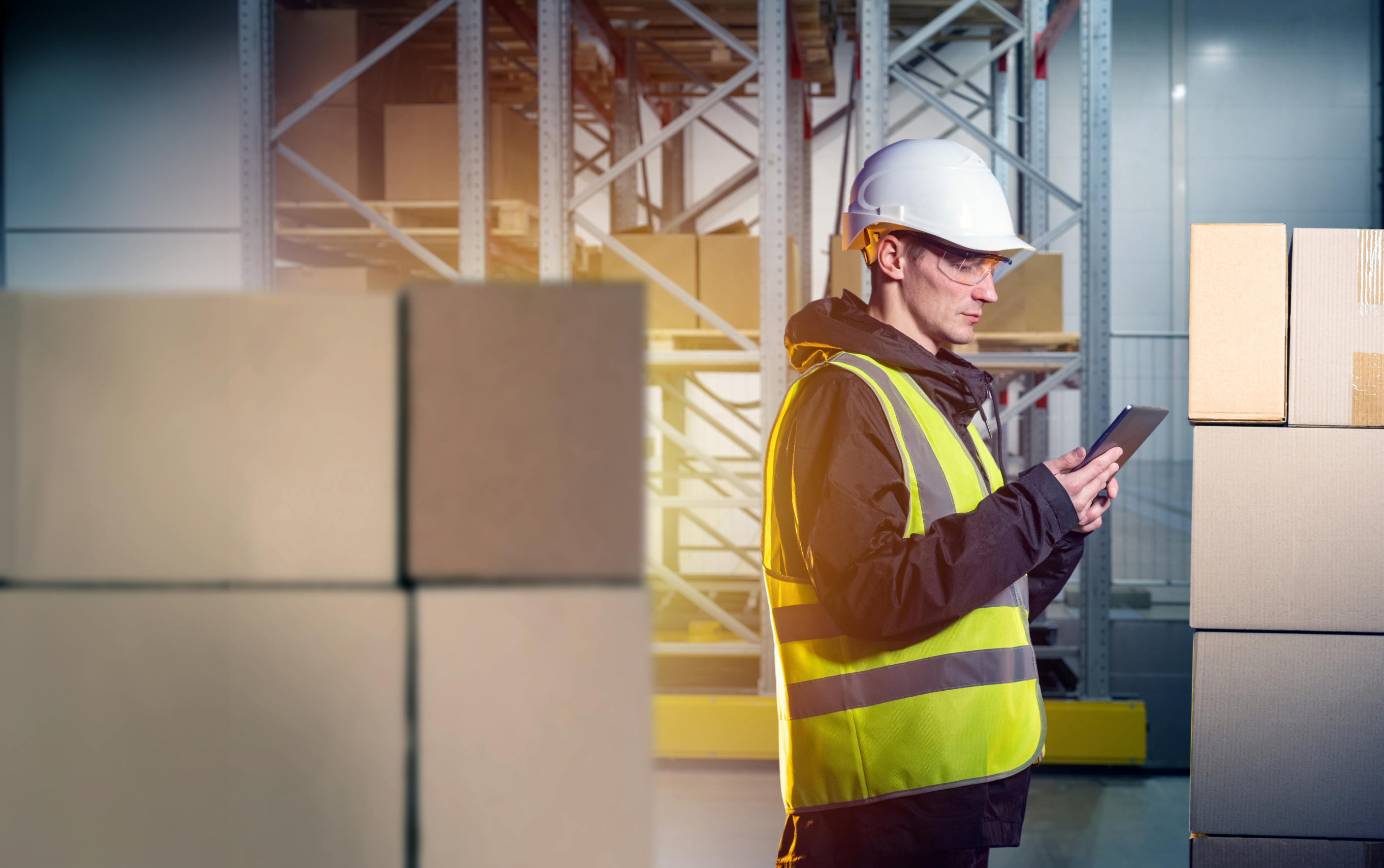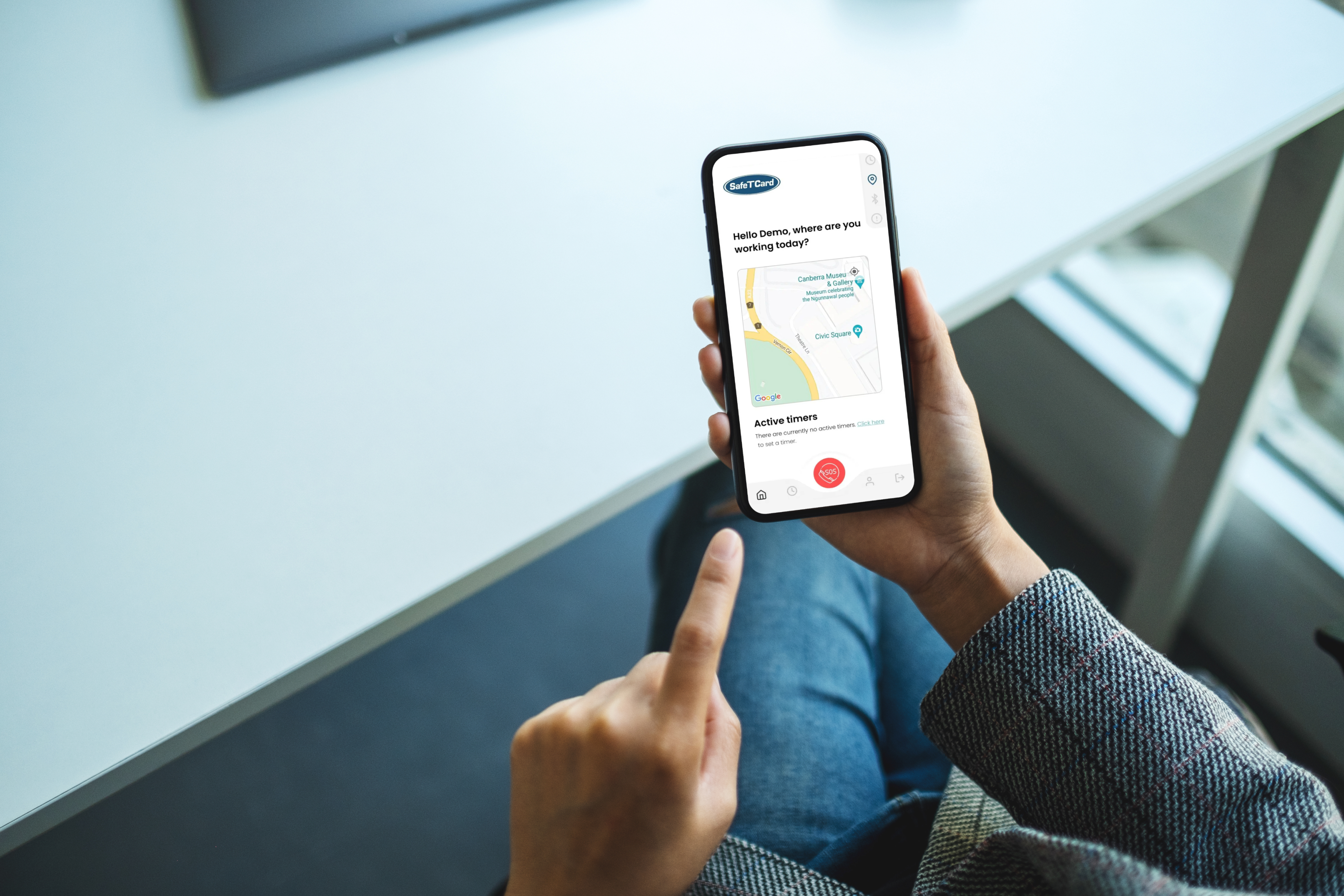As workplaces continue to evolve, so too do the methods for ensuring the safety and well-being of employees. Technology has become a vital tool in this transformation, providing innovative solutions that not only enhance safety but also improve efficiency and productivity.
1. The evolution of workplace safety technology
Workplace safety has always been a priority, but the methods used to protect employees have evolved significantly over the years.
Traditional safety measures have been improved and, in some cases, replaced by advanced technological solutions such as safety alarms and lone worker check in apps that offer real-time monitoring, automated alerts, and constant support.
As industries have recognised the limitations of manual safety processes, they have increasingly turned to technology such as man down alarms and devices.
Lone worker devices are used in various sectors, from manufacturing and construction to healthcare and remote work environments.
For example, in the past, lone workers in remote locations relied on scheduled check-ins via phone to confirm their safety. Today, wearable safety devices equipped with GPS tracking, man down alerts, and automated check-ins provide continuous monitoring and 24/7 access to support.
2. Wearable safety devices: Empowering workers with real-time protection
One of the most significant advancements in workplace safety technology is the development of wearable safety devices for lone workers.
These devices, often worn as badges, on lanyards, belts, or wristbands, are designed to monitor the wearer’s environment and physical condition.
They can detect a range of incidents, from falls and medical emergencies to exposure to hazardous conditions, and can automatically alert emergency responders when necessary.
SafeTCard ID: A prime example of wearable safety technology
The SafeTCard ID is an excellent example of how wearable technology is being used to enhance workplace safety. This discreet device, which doubles as an ID card holder, is equipped with GPS positioning on activation, two-way communication, and an SOS button.
In the event of an emergency, the wearer can press the SOS button to instantly connect with a monitoring centre. The device’s GPS functionality allows emergency services to locate the worker quickly and accurately, significantly reducing response times and improving outcomes.
Wearable safety devices like the SafeTCard ID are particularly valuable in industries where workers operate in isolation or in high-risk environments.
By providing real-time protection and communication, these devices empower workers to perform their duties with confidence, knowing that help is just a button press away.
3. IoT and connected safety solutions
The Internet of Things (IoT) has revolutionised workplace safety by enabling the creation of connected safety solutions.
IoT refers to the network of physical devices—such as sensors, cameras, and wearables—that are embedded with software and connectivity, allowing them to collect and exchange data.
In the context of workplace safety, IoT devices can monitor various aspects of the work environment and provide valuable insights that help prevent accidents and improve safety protocols.
Combining the IoT with lone worker devices results in the development of lone worker apps such as the SafeTCard Mobile App, allowing workers access to support, without adding to their uniform.
SafeTCard offers complimentary training and resources for organisations to ensure their lone workers can utilise their lone worker alarms, lone worker mobile apps, and other safety protocols correctly.
4. The impact of AI and machine learning on safety solutions
Artificial Intelligence (AI) and machine learning are transforming workplace safety by enabling the development of smarter, more responsive safety solutions.
These technologies can analyse vast amounts of data, identify patterns, and make predictions that help improve safety protocols and decision-making.
5. Remote monitoring and emergency response systems
Remote monitoring systems have become increasingly important in ensuring workplace safety, particularly for lone workers and those in remote locations.
Lone worker monitoring apps and systems use a combination of GPS technology, communication devices, and cloud-based platforms to monitor workers’ safety in real-time and coordinate emergency responses when needed.
SafeTCard’s remote monitoring solution
SafeTCard’s remote monitoring solutions provide comprehensive support for lone workers and remote teams. These systems are designed to track the status of workers continuously, ensuring connection with a 24/7 Alarm Receiving Centre that can dispatch support immediately if an emergency arises.
The monitoring centre receives real-time data from GPS-enabled devices, such as the SafeTCard ID, and can communicate directly with workers to assess the situation and coordinate the appropriate response. This ensures that lone workers are never truly alone, even when they are physically isolated from their colleagues.
Emergency response coordination
In the event of an emergency, remote monitoring systems can streamline the response process by providing first responders with critical information, such as the worker’s location, the nature of the incident, and any relevant health or safety details. This allows for a more coordinated and effective response, reducing the time it takes to provide assistance and improving the chances of a positive outcome.
The future of workplace safety technology
The role of technology in enhancing workplace safety is continually expanding, with new innovations and advancements making it easier to protect workers and prevent accidents.
From wearable devices and IoT solutions to AI-driven safety systems, technology provides powerful tools that can transform the way we approach workplace safety.
As these technologies continue to evolve, businesses must stay informed and invest in the best safety tools and solutions to meet their specific needs.
By embracing the latest safety technologies, including duress alarm systems, companies can create safer, more efficient work environments where employees are empowered to perform their duties with confidence and peace of mind.




